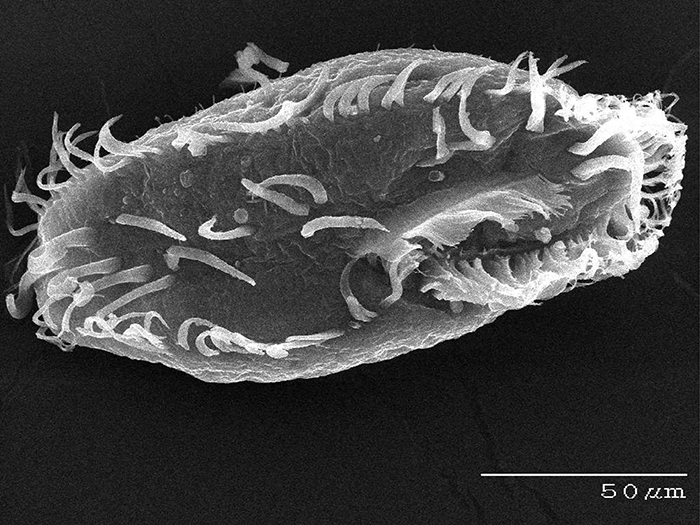News
These Creatures Are Helping Us Understand Our Genome

New research by Laura Landweber, PhD, who has joint appointments in the Department of Biochemistry and Molecular Biophysics, the Department of Systems Biology and the Department of Biological Sciences at Columbia University, is being featured by Columbia Univeristy Iriving Medical Center Newsroom.
As reported, a new study of a single-celled eukaryote with 16,000 tiny chromosomes may shed light on a recently discovered feature of the human genome.
Methyladenine, or 6mA—a modification of DNA common in Oxytricha trifallax—has only recently been found in multicellular organisms, with some studies suggesting a role in human disease and development.
Finding the enzymes that lay down the methyl marks will be critical to understanding what 6mA is doing in Oxytricha and other organisms, but the enzymes have been difficult to identify.
The new research—to be published in the June 13 issue of Cell—reveals how 6mA marks are made to the Oxytricha genome and suggests why the enzymes have been hard to find.
Read more about the Oxytricha genome and the Landweber lab’s new insights into 6mA and its potential role in human diseases.
Dr. Landweber has been studying Oxytricha for two decades and previously uncovered its 16,000 chromosomes. (See related Faculty Q+A and video.)